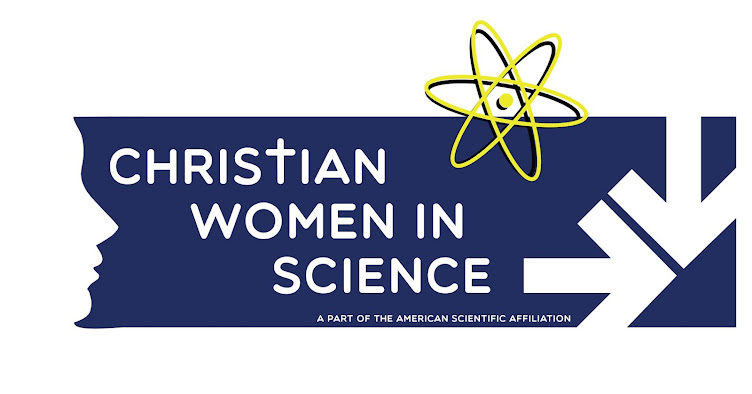The world of the early Hebrew.
Dr. Alice C. Linsley
A member has asked about the meaning of the term "culture", and she would like to know "what constitutes a culture?"
When we speak of a "culture" we must recognize that people adapt to the environment, which means that the culture will reflect its environment. Desert cultures around the world have much in common. River cultures around the world have much in common. Coastal populations share many common features. The same is true for the populations of the Artic. This is one of the more profound observations of Franz Boas, the American anthropologist, whose initial studies were done among the Eskimos.
Not surprisingly, the earliest human populations lived near major water sources such a rivers and lakes. Genesis describes Eden as a vast
well-watered region extending from the Upper Nile to the Tigris and Euphrates. This is the region inhabited by the early Hebrew (4000-2000 BC) who dispersed into the areas shown on this map. The oldest known site of Horite Hebrew worship was at
Nekhen on the Nile.
They traveled along the rivers that interconnected in Africa during the Africa Humid Period, also known as the
African Aqualithic. The
rock paintings that are found across what is today the Sahara reveal that the region was once green and watered. These images show people swimming and fishing.
Noah's homeland was in the region of Lake Chad about 6000 years ago. This is the only place on earth said to be Noah's homeland by the local populations. They call it Borno or Benue, both meaning "land of Noah". The local Kanari people call Lake Chad Buhar Nuhu, meaning "Sea of Noah". The now dry Sahara was much wetter then and the Chad Basin overflowed. Indeed, from Noah's perspective, all of his territory (eretz) would have appeared to be under water.
A distinctive trait of the Hebrew marriage and ascendancy pattern drove their dispersion. Hebrew sent-away sons were to move away from the Hebrew ruler's proper heir and establish territories of their own.
Noah was probably
a sent-away son. His Hebrew ancestors likely lived in the Nile Valley. Some of those Hebrew ancestors may have been
cave dwellers living along the Nile River.
His culture was that of the paleolakes of Africa. Archaeological research has identified various populations that lived at paleolakes near Noah's territory. See
Paul Sereno's findings at Gobero.
Paleolake populations were fishing and boating cultures. This Dufuna black mahogany boat was found in 1987 in Yobe State (Nigeria) buried 16 feet under clays and sands which alternating sequence showed evidence of deposition in standing and flowing water. The dugout is 8000 years old. By comparison, Egypt's oldest boat is 5000 years old.

The 8000-year Dufuna boat found near Noah's homeland.
Peter Breunig (University of Frankfurt) specializes in African archaeology. He has written this description of the Dufuna boat: “The bow and stern are both carefully worked to points, giving the boat a notably more elegant form”, compared to “the dugout made of conifer wood from Pesse in the Netherlands, whose blunt ends and thick sides seem crude”.
Breunig added, "Judging by stylistic sophistication, Breunig reasons that, “It is highly probable that the Dufuna boat does not represent the beginning of a tradition, but had already undergone a long development, and that the origins of water transport in Africa lie even further back in time.”







